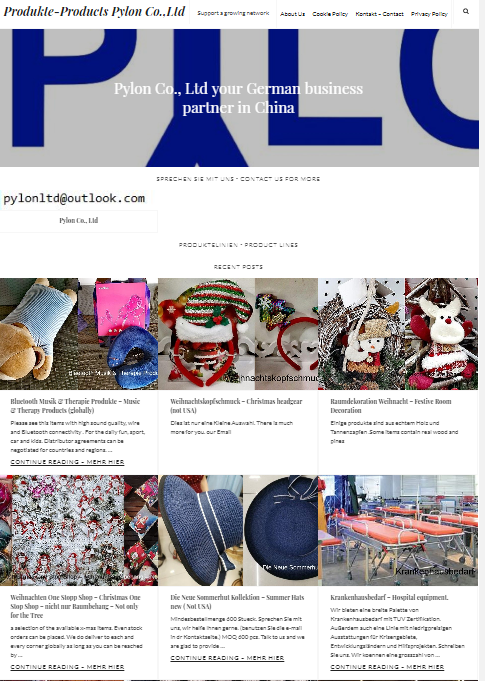Joint Efforts Made to Build Ningbo-Zhoushan-Taizhou Metropolitan Circle
- Details
- Category: Ningbo Business
- Published: Tuesday, 07 June 2016 13:26

A Sketch Map of City Groups Distribution Along the Yangtze River Delta
On the morning of June 3rd, the National Development and Reform Commission and the Department of Housing Construction jointly issued the Yangtze River Delta City Groups Development Planning (thereinafter referred to as the Planning ), during which Ningbo Metropolitan Circle was officially listed in the Yangtze River Delta City Groups. The launch of the Planning indicated that the coverage of Ningbo Metropolitan Circle and its functions in the Yangtze River Delta City Groups were clearly defined for the first time.
According to the Planning, as a central city in the region, Shanghai should play a key role in radiating and leading surrounding cities; the intercity development in Nanjing, Hangzhou, Hefei, Suzhou-Wuxi-Changzhou, Ningbo Metropolitan Circles should be promoted based on the improvement of transportation networks; the polymeric development of the coastal development zone, the Yangtze River development zone, Shanghai-Nanjing-Hangzhou-Ningbo development zone and Shanghai-Hangzhou-Jinhua development zone shall be strengthened; a networking pattern should be established featured by “one core, five circles and four zones”.
Three cities— Ningbo, Zhoushan and Taizhou are included in Ningbo Metropolitan Circle. The Planning demanded the high-level establishment of new districts and river-ocean combined transportation service centers in Zhoushan Islands, Harbor Economic Circle in Ningbo and pilot areas of small and micro enterprise financial services reform and innovation in Taizhou. Ningbo Metropolitan Circle are to become a world-class modern comprehensive hub port, a global transportation service base and an international trade logistics center with effective employment of resources in harbors and platforms from the three cities. Besides, it is required to play a leading role in Yangtze River Economic Belt and function as a strategic region along “the Belt and Road”.
The Planning explicitly declared future advances: main intercity transportation routes should be built and the planning and construction of Shanghai-Jiaxing-Ningbo railway should be initiated (intercity railroads included); accelerate the construction of national transportation hubs such as Nanjing, Hangzhou, Hefei, Ningbo; strengthen the arterial and airport capacity of Hefei, Ningbo and Wuxi; promote the development of rail transit network in Nanjing, Hangzhou, Hefei, Suzhou, Ningbo; construct the Zhoushan-Ningbo-Jinhua Railway and the tracks in Sanmen Bay along the Ningbo-Taizhou-Wenzhou double-track railway; speed up the waterway regulation in Hangzhou-Ningbo Canal; construct Ningbo Meishan container station and other railway hubs and Ningbo-Zhoushan dedicated wharfs for coals, containers and ores; rebuild and expand Ningbo Lishe International Airport.
Ningbo will enter into a new stage in building a smart city. The Planning set the guidelines in the development of smart cities including Shanghai, Nanjing, Hangzhou, Hefei, Suzhou, Ningbo and Wuhu. These cities should engage in smart applications of governmental affairs and transportation under a unified standard; demonstration and pilot areas should be established among the smart cities; great support should be directed to cities such as Shanghai, Hangzhou, Ningbo, Taizhou, Yiwu, etc. in building national E-commerce demonstration areas; optimize the mobile E-commerce industry chain and cultivate a batch of globally-competitive E-commerce service enterprises; speed up the establishment of E-commerce platforms for bulk commodities and the industry.
There is much to be expected as regards ecology in Ningbo. The Planning brought out a requirement of building ecological protective screens in the south and west relying on Jianghuai hilly regions, Mount Dabie, Mount Huang- Mount Tianmu and Mount Siming- Mount Yandang. The Ecosystem Restoration Project in Hangzhou Bay National Wetland Park and bird protection projects should be promoted. As for Hangzhou Bay, protection and regulation should be coordinatingly conducted in cities like Shanghai, Hangzhou, Ningbo, Zhoushan, Jiaxing and Shaoxing, which embody the optimization of heavy chemical industry layout, the control of reclamation scale, the protection of coastlines and wetlands, the improvement of water quality in seagoing rivers and sewage draining exits. Concerted efforts should flow into the protection of ocean ecology as a priority work








